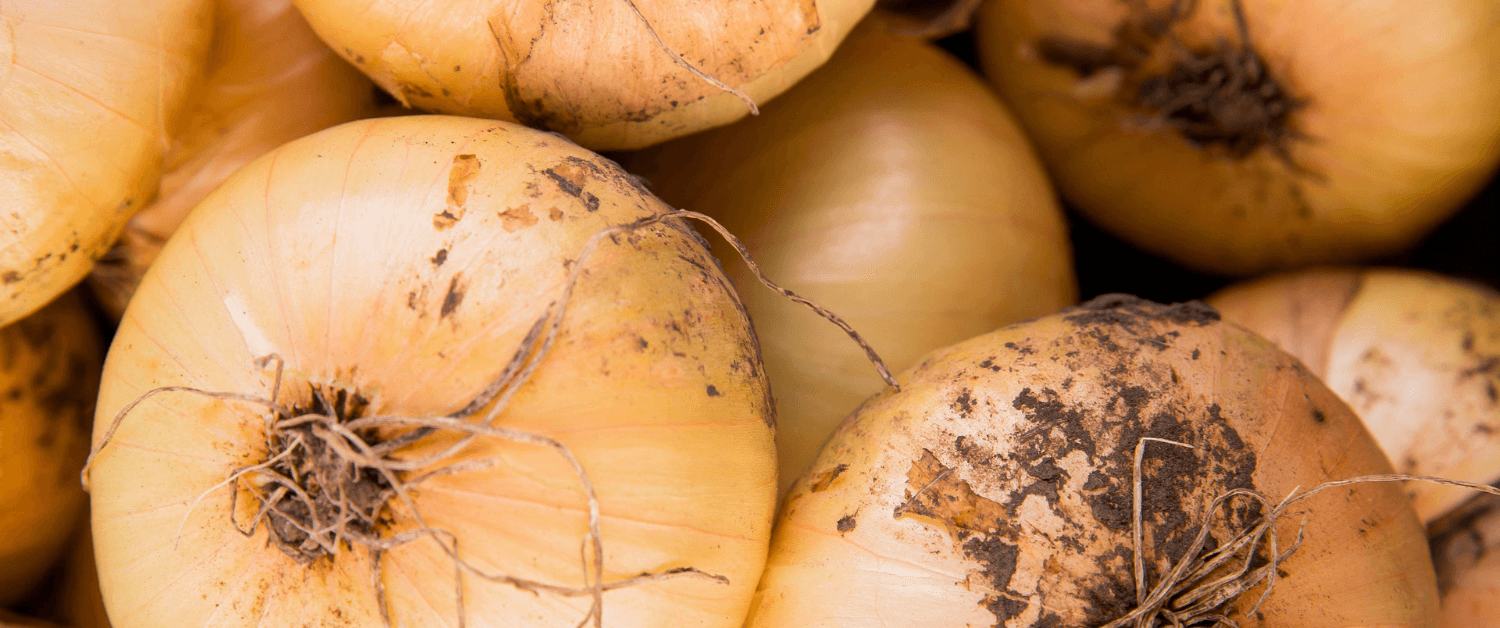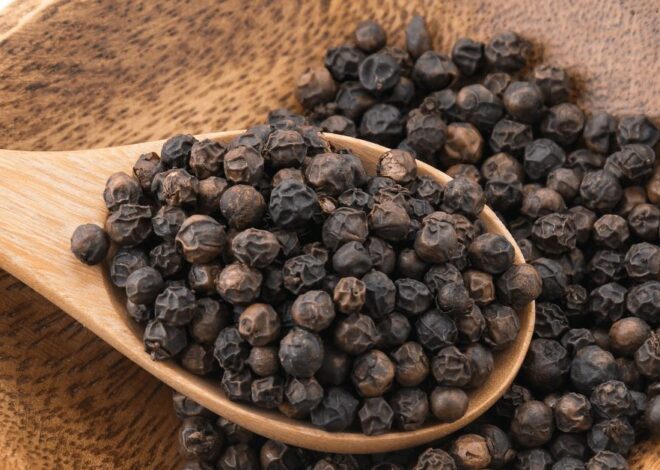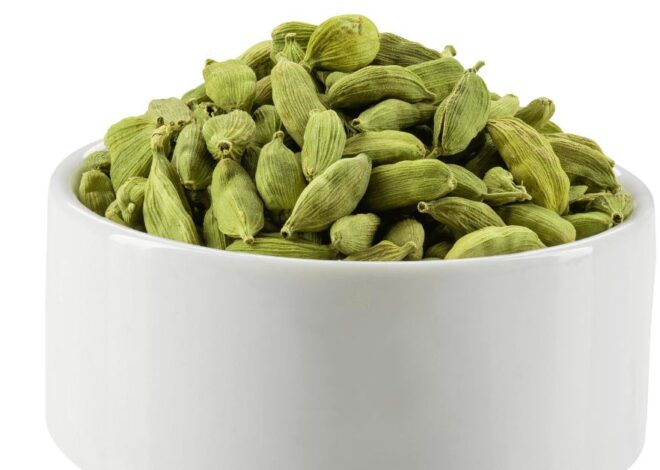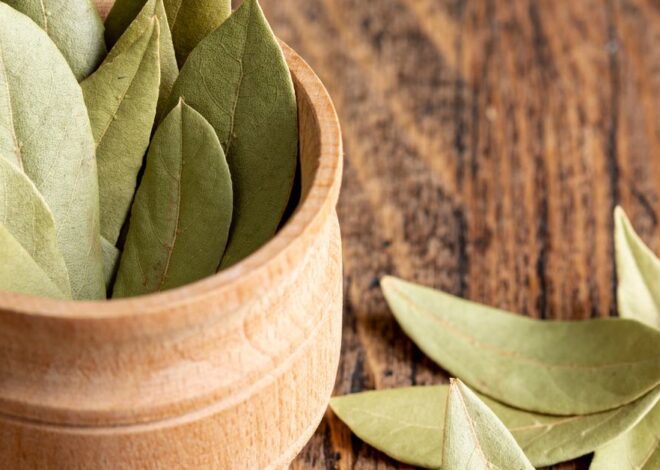
“Are Black-Spotted Onions Safe? How to Choose Fresh Ones”
Black spots on onions? This common kitchen concern often stems from “Aspergillus Niger“, a fungus that causes black mould. While not every spotted onion is unsafe, knowing how to inspect, clean, and store them properly can protect your health. In this blog, we will explore precautions for using onions with black spots and share smart tips for choosing fresh, high-quality onions, especially useful for Indian households during humid seasons.
Here’s how to choose and use them safely.
What do Black Spots on Onions Mean?
Black spots on onions typically indicate the presence of a fungal infection, most commonly caused by Aspergillus niger. This fungus thrives in warm, humid environments and can appear as dark patches on the onion’s surface. If the black mold is confined to the dry outer skin, the onion may still be safe to use after peeling. However, if the spots extend into the flesh or the onion feels slimy, soft, or emits an unpleasant odor, it should be discarded immediately.
The fungus can produce Ochratoxin A, a mycotoxin known to affect kidney and liver health with prolonged exposure. Inhaling spores from moldy onions may also trigger allergic reactions or respiratory issues in sensitive individuals.
Is it Safe to use Onions with Black Spots?
Sometimes, onions with black spots can still be used safely but only if you handle them carefully. Here’s what to keep in mind:
-
- It is generally safe to use an onion if the black mould is only on the dry, outer skin. In this case, you should peel off those outer layers completely and wash the onion thoroughly before using it.
- Ensure the inner layers are firm, have a healthy white or pink color, and have a fresh scent. These are signs that the onion is still good to eat.
- Avoid using onions if you see black streaks or spots inside the flesh.
- Also, if the onion smells musty, feels slimy to the touch, or has green or white fuzzy mould, it’s best to discard it.
For individuals with allergies, respiratory issues, or weakened immune systems, it’s safer to avoid onions that exhibit any signs of mold or spoilage altogether.
Precautions to take before using Spotted Onions
-
- Peel the onion deeply, removing all the layers that show any black spots until you reach clean, healthy flesh.
- Wash the onion thoroughly under running water; rubbing it gently with salt can add an extra layer of cleanliness.
- Sanitize your kitchen tools and hands by cleaning knives, chopping boards, and your hands well after handling onions with mould.
- Keep spotted onions separate from healthy ones to prevent the spread of fungal spores.
- Regularly check and clean your storage areas, wiping baskets or trays with a vinegar solution to eliminate lingering spores.
How to Choose Good Quality Onions at the Market
Choosing the right onion can prevent spoilage and ensure better taste. Here’s what to look for:
-
- Onions with dry, papery skin have undergone proper curing, which helps preserve their freshness and shelf life. This outer layer acts as a natural barrier against moisture and decay.
- Visible black spots or mold are signs of fungal contamination. Such onions may carry harmful mycotoxins and should not be consumed.
- Sprouting indicates the onion is past its prime, as it begins to divert nutrients toward new growth. This results in a loss of flavor, texture, and nutritional value.
- A fresh onion feels firm and heavy, suggesting it’s still full of moisture and hasn’t started to break down internally. Lightweight or shriveled onions may be dehydrated or aged.
- Soft spots on the onion’s surface are early signs of internal rot or bacterial decay. These areas can quickly spread and compromise the entire bulb.
- A neutral aroma is typical of a healthy onion. It should smell mildly earthy or sweet, without any sharp or unpleasant notes.
- Sour or musty scent often points to spoilage or fungal growth. These odors suggest the onion is no longer safe to eat and should be discarded.
Storage Tips to Prevent Black Mould
-
- Store onions in mesh baskets or open trays to allow good airflow and help reduce moisture buildup.
- Avoid storing onions in plastic bags, as they trap humidity and speed up spoilage.
- Keep onions separate from potatoes as they release moisture that can cause onions to spoil faster.
- Store onions in cool, dry areas away from direct sunlight and heat to prolong their freshness.
- Purchase onions in smaller quantities, especially during humid seasons like the monsoon, to prevent long storage times.
Common Questions Answered
Can I eat onions with black powder on the skin?
Yes, only if the mould is superficial. Peel off the outer layers and inspect the inside. If clean, it is safe to use.
What happens if I eat mouldy onions?
You may experience nausea, stomach upset, or allergic reactions. Long-term exposure to mycotoxins can affect liver and kidney health.
How do I prevent onions from getting black spots?
Store them in dry, ventilated areas. Avoid moisture, bruising, and plastic packaging. Use older onions first.
Conclusion: Stay Safe with Smart Onion Choices
Black spots on onions are more than just a cosmetic issue; they signal potential fungal contamination. By following simple precautions and knowing how to choose fresh onions, you can protect your health and elevate your cooking. Whether you are preparing a curry or storing pantry staples, these tips help you make informed, safe choices.



